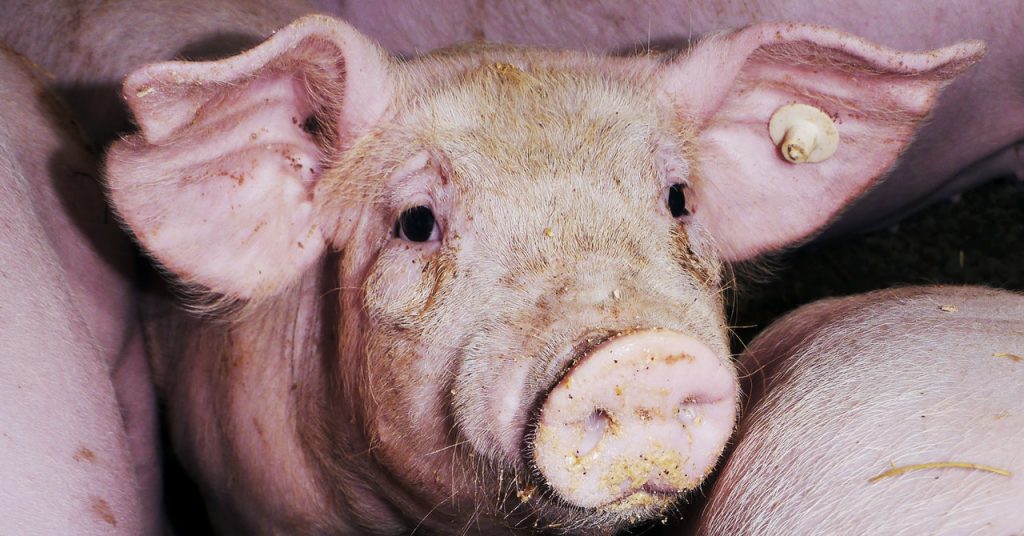.jpg)
Attempts at making animal chimeras in the lab began decades earlier. In 1984, researchers at the Institute of Animal Physiology in Cambridge, England, reported that they had created goat-sheep chimeras by mixing embryos from the two species. More recently, news leaked in 2019 that scientists had made the first embryos that were part human and part monkey. (They subsequently destroyed them.) The work was eventually published in 2021. Led by Juan Carlos Izpisúa Belmonte, then a professor at the Salk Institute for Biological Studies in California, the team carried out their experiments in China, where they said monkey embryos were cheaper and easier to obtain.
In the current study, a team led by scientists at Guangzhou Institutes of Biomedicine and Health injected more than 1,800 pig embryos with human stem cells and then transferred them into the wombs of 13 female pigs. They allowed the chimeric embryos to grow for up to 28 days, then stopped the pregnancies to remove and examine the embryos. They collected five, which all had kidneys that were developing normally and contained up to 65 percent human cells. The research was published September 7 in the journal Cell Stem Cell. (The study authors didn’t respond to WIRED’s request for an interview.)
“It is remarkable to see that about 60 percent of the primordial pig kidney contained human cells,” says Jun Wu, a stem cell biologist at the University of Texas Southwestern Medical Center, who wasn’t involved in the new study. Wu, Belmonte, and their colleagues were the first to grow embryos with mixed human and pig tissues, a feat they reported in a 2017 study. In that paper, Wu and his team also described growing a rat pancreas, heart, and eyes in a developing mouse.
Integrating cells from pigs and humans, however, has proven more difficult than combining cells from rats and mice, which are much closer genetic relatives. Pig cells tend to outcompete human cells when transplanted into animal tissue, causing the human cells to quickly die off. As a result, the contribution of human cells in the chimeric embryos Wu’s group produced was low. This study, he says, is a big improvement.
There’s another challenge with growing a humanized organ inside an animal: Organs need room to develop, and if there’s already an existing organ, it’s hard to grow a new version. “There’s no place for it,” says Paul Knoepfler, a stem cell biologist at UC Davis, who wasn’t involved in the current study. “So what these researchers tried to do was make space for a human organ to grow inside of an animal.”
To do this, the researchers used the gene editing tool Crispr to knock out two genes in the pig embryos needed for kidney development. This stopped the embryos from forming pig kidneys and created a “niche,” or microenvironment, where the humanized kidneys could take root instead.
They then turned a batch of regular human cells into pluripotent stem cells—which have the ability to turn into any cell type in the body. In these cells, they turned up the expression of two genes to prevent them from dying and to improve their chances of integrating with the pig cells. The chimeric embryos were made by injecting the human stem cells into the pig embryos. Before transferring them to the pig wombs, the researchers gave the embryos a special cocktail of nutrients to help both the human and pig cells stay alive, since these cells usually have different needs.

